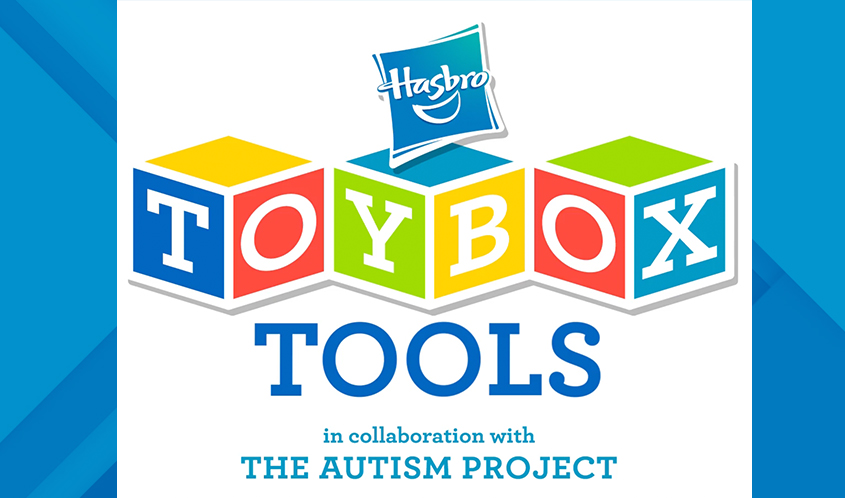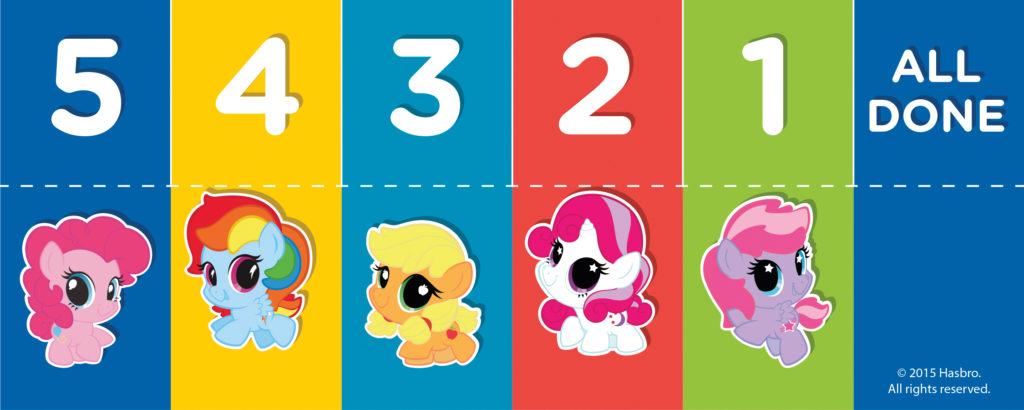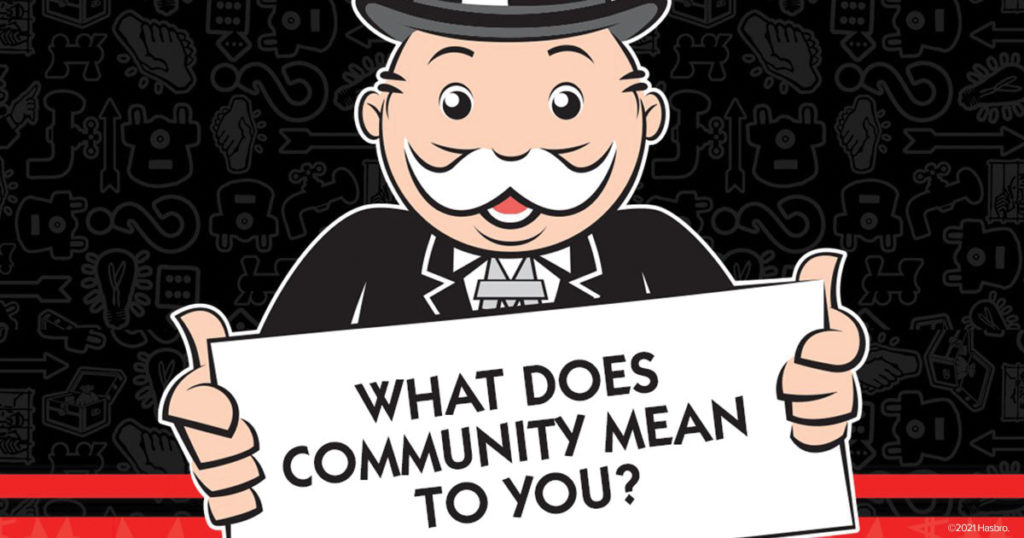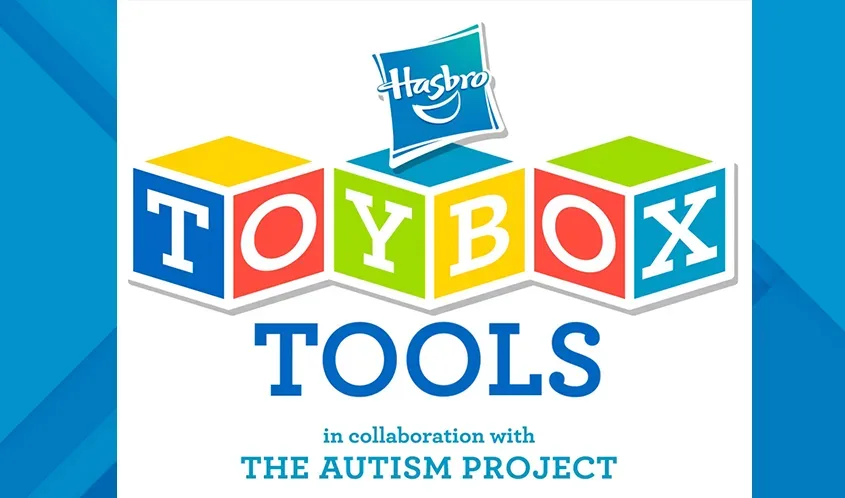
It turns out that Mr. Monopoly has a soft side. Hasbro states that as a company, its purpose is to create joy and community for all — one game, one story, and one toy at a time. Last year, the company donated 750,000 toys and games to those in need — and that’s just the first roll of the dice.
Hasbro divides its philanthropy into four categories: Joyful Play, the Hasbro Foundation, Team Hasbro, and ToyBox Tools. Each of these initiatives has its own unique way of helping the community. Joyful Play — where those 750,000 toys come in — donates toys and games to those in need. The Hasbro Foundation uses that Monopoly money (and more) to power grants that support storytellers, create sustainable impact, and spark joy through play. Team Hasbro is just that: the team behind the toys. Countless employees transform into volunteers who put thousands of hours toward making a difference each year. Last year, 92% of Hasbro’s worldwide employees volunteered in some way.
The last piece of the philanthropy puzzle, ToyBox Tools, was founded by a group of those employees. Remember Hasbro’s fundamental mission about joy and community? For some kids, the happiness we get from toys and games doesn’t come immediately when the box is unpacked. Employees wanted to create toys that would help these kids and turned to its longtime partners at the Autism Project, a Rhode Island-based foundation of parents and professionals who provide support, education, and strategies for caregivers of kids with developmental needs. The foundation flipped the script and told Hasbro that it’s possible to make the toys that are already popular something that all could use.
“We’re all about inclusion and belonging, and so is Hasbro,” says Joanne Quinn, executive director of the Autism Project.“They loved the idea because it opened up a broad spectrum of toys to a broad spectrum of kids and adults.”
BUILDING THE TOYBOX
The two companies joined together with a simple mission: making play accessible. The Autism Project’s employees came up with a list of Hasbro’s key toys and created aids to go along with them — and ToyBox Tools were born. The program is comprised of printable materials, instructional videos, and playmats that are designed to help families, caregivers, and teachers unlock the power of play. Each tool gives kids the opportunity to play at their own pace and hopefully have some fun along the way. Most importantly, these tools are free to anyone who needs them at toyboxtools.hasbro.com.
“Play is for everyone, regardless of their age, ability, or background,” says Kevin Coleman, senior director of global philanthropy and social impact at Hasbro. “We believe that play fulfills a fundamental human need and must be accessible to people of all abilities. It is important for players to see representations of themselves in the toys and games they engage with.”
In the ToyBox, play is divided into three levels: basic play, expanding play, and social play. These levels are shown in the instruction videos that first teach kids and caregivers slowly how to play with a certain toy or game, then how to use it more creatively, and finally how to use it to play with others. The goal is for kids to become familiar with the games and toys so they have an easier time playing with their friends, families, and peers. The idea being that the more familiarity they have, the easier it will be to play in a social setting.
Currently, there are several different brands from Hasbro’s roster included within the initiative. Kids can take their time learning how to play classic games like Jenga or Chutes and Ladders or bring their favorite brands into the mix with Transformers and My Little Pony. There are also guides for toys from Baby Alive, Playskool, and NERF.

INCLUSION IN THE TOY AISLE
Inclusion is a hot topic lately, and although this program began in 2014, the message is timeless. As a toy manufacturer, it’s important to take note of who’s playing with the toys you produce and who’s not. If there is a possibility to spark joy in more kids, why not attempt to do it?
“If we want to be a community of inclusion and belonging, we need to do things like this,” Quinn says, “which brings the toys onto a level playing field for a lot of kids and parents to understand how to teach their kids to play with the toys and how to use the toys.”
In addition to explaining how to play the games, ToyBox Tools also links to the Autism Project’s greater resources on Autism Awareness, including how to first notice the signs of autism in kids under age 5, a list of sensory-friendly activities, and how to find support for those with autism and their families.

But this is not Hasbro’s first major step to provide a more inclusive play experience. Last year, Hasbro made headlines when it lost the “Mr.” in the iconic Potato Head toy brand and included packaging with different types of families. The company also chose to update all of the Community Chest cards in the classic Monopoly game. For more than 85 years the cards had mentions of beauty contests and the like, so Hasbro gave fans the ability to vote on what the cards should include instead.
And Hasbro was working on its goals toward inclusion way before then. In a world that is becoming more accepting and aware of the many different people that fill it, Hasbro is working toward including kids in the toy aisle and when they go home.
Hasbro’s soft side is tough to overlook. Last year, the company impacted more than 6 million kids and adults through its philanthropic endeavors.
“Since our company’s inception, making a social impact through philanthropy has been part of Hasbro’s DNA,” Coleman says.
Joy should belong to everyone who rolls the dice and passes Go!
This article was originally published in the 2022 Innovation & STEM issue of The Toy Book. Click here to read the full issue! Want to receive The Toy Book in print? Click here for subscription options!

